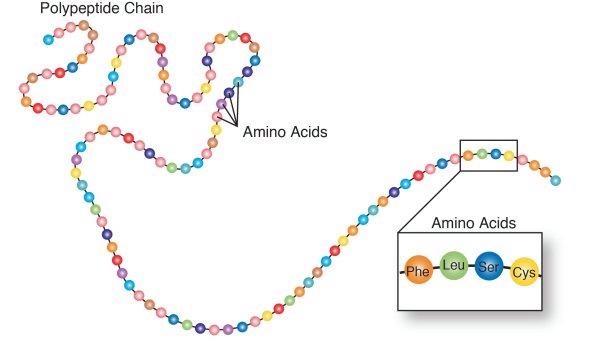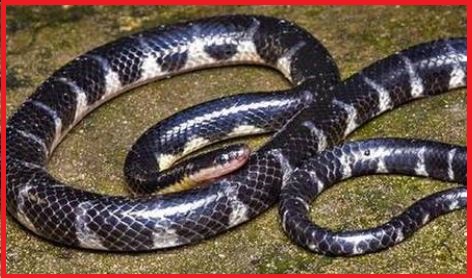Updated By: LatestGKGS Desk
Protein sequencing technique History, Features, Types, Comparison to DNA Sequencing

Protein sequencing technique was pioneered by Nobel Laureate Fredrick Sanger in 1953, using a very difficult and complex method. Unlike DNA sequencing, protein sequencing is much more difficult due to complexity in protein structure and diversity in the constitutive units.
Protein sequencing refers to the detection of proteins’ primary structure, which contains the number of polypeptide chains in proteins. Polypeptides and proteins can be used equally in many cases. The amino acid sequence of polypeptides is the biological function of proteins.
Among a series of steps that are needed for determination of complete protein sequence, a few steps are based on repeated cycling of breaking down amino acids and determining its identity either from the C-terminal side or N-terminal side.
However, these cycling methods are limited by the size of the peptide, for smaller peptides the results are accurate and obtained with more confidence, while for the larger peptides (beyond 30 amino acids) the results are less accurate.
Therefore, in order to sequence larger peptides, the extensive use of protease is required, which involves breaking down larger peptides into smaller fragments, sequencing them and then re-arranging the pieces.
Protein sequencing is mainly relying on chemical or enzymatic digestion methods to separate peptides and detect the amount and composition of amino acid residues.


